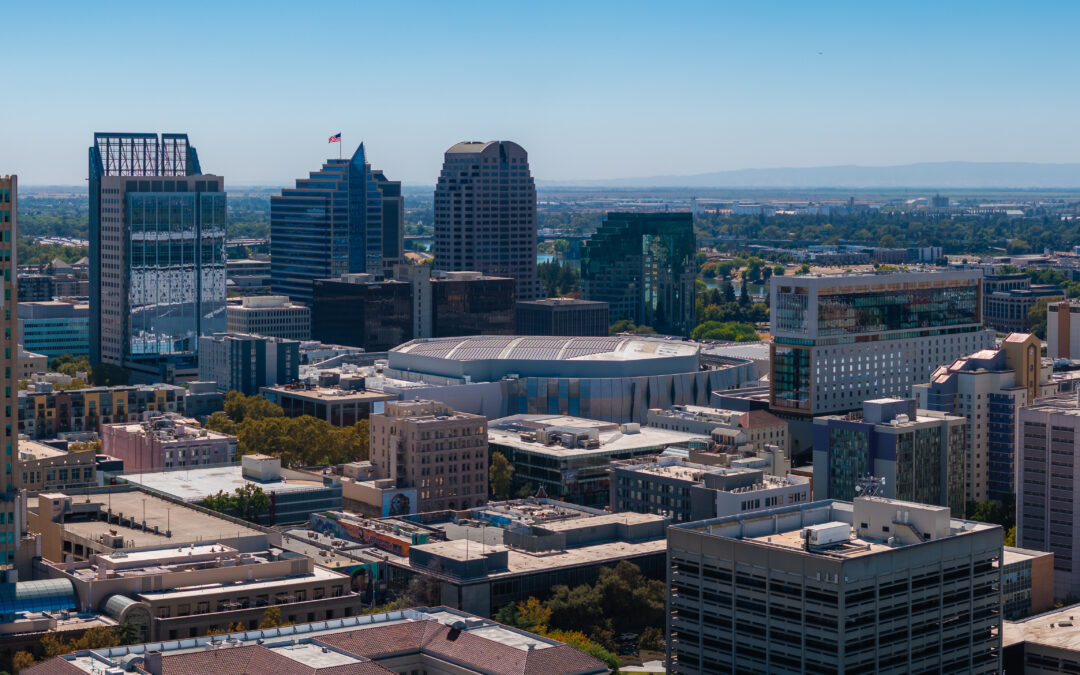When it comes to roofing for government and municipal buildings, the expectations go far beyond basic durability and performance. These projects require a unique level of accountability, strict adherence to public procurement processes, and often a commitment to energy efficiency and environmental sustainability. Whether it’s a city hall, fire station, public school, library, or transportation facility, roofing contractors must be prepared to meet high standards, follow government regulations, and deliver long-term results that benefit both the structure and the community.
As a professional roofing contractor with experience in municipal and government contracts, I understand what it takes to get these projects done correctly, efficiently, and in compliance with all local, state, and federal requirements.
The Unique Demands of Government and Municipal Roofing
Government roofing projects differ from typical commercial jobs in several important ways:
Accountability and Oversight: Public projects are highly visible and subject to public funding and oversight. That means contractors must be licensed, insured, and experienced in meeting rigorous building codes, labor standards, and material specifications.
Scale and Complexity: Municipal buildings often have larger roof areas and complex systems, such as integrated HVAC units, solar panels, or green roofing components.
Long-Term Reliability: Municipal buildings are expected to serve communities for decades. Roofing systems must be built for longevity, with proper insulation, drainage, and materials suited to the local climate.
Navigating Public Procurement Regulations
Government roofing contracts are awarded through public procurement processes, which means a roofing contractor must:
Bid competitively and transparently: Most municipal jobs are awarded through a bidding process where qualifications, cost, and timelines are weighed equally.
Meet Prevailing Wage Requirements: Contractors must pay laborers based on local prevailing wage laws, which are often higher than typical market rates.
Provide Documentation: This includes safety plans, proof of insurance, warranties, financial bonding, and compliance with OSHA and state labor codes.
Follow Public Contracting Rules: Familiarity with procurement systems such as Cal eProcure (California’s state contracting portal) is essential. Roofers must ensure all documentation is in order to avoid disqualification.
Be Prequalified: Many municipalities require contractors to be prequalified or listed on an approved vendor list.
Failure to comply with any of these steps can result in delayed approvals, rejected bids, or legal liability—making it essential for contractors to have experience in the public sector.
Energy-Efficient and LEED-Certified Roofing Options
In recent years, more government agencies have committed to energy efficiency and sustainability, often requiring that roofing projects contribute toward LEED (Leadership in Energy and Environmental Design) certification. As California cities like Sacramento strive to meet environmental goals and reduce carbon footprints, green building standards are increasingly becoming the norm.
Here’s how roofing contractors can support those efforts:
Cool Roofing Systems
Cool roofs reflect more sunlight and absorb less heat than standard roofs. Materials like TPO, PVC, and reflective coatings help reduce cooling costs for municipal buildings and align with California’s Title 24 energy efficiency standards.
Green Roofs
Some public projects opt for green (vegetative) roofs, especially in urban areas where heat islands are a concern. These roofs use a layered system of waterproof membranes, soil, and vegetation to improve insulation, manage stormwater, and increase biodiversity.
Solar-Ready Roofs
Municipal buildings with large, flat rooftops are ideal for solar installations. Contractors must ensure structural integrity and proper orientation for solar arrays while using materials that support long-term energy efficiency.
Sustainable Materials
LEED points can be earned by using recyclable, low-emission, and locally sourced materials. Roofing systems that contribute to indoor air quality, reduce landfill waste, or improve water efficiency are highly valued in LEED-certified buildings.
The Importance of Partnering with the Right Contractor
For government entities, choosing the right contractor is critical. The ideal roofing partner should:
Be experienced with public projects and the related compliance processes
Offer full-service capabilities including inspections, maintenance plans, repairs, and full replacements
Provide energy assessments and sustainability consulting
Understand local building codes and climate conditions, especially in regions like Sacramento where both heat and rainfall must be considered
In terms of research and accessing the final paperwork, government and municipal roofing is a specialized field that blends high-quality workmanship with detailed regulatory compliance and forward-thinking sustainability. From schools and libraries to emergency services and administrative buildings, the roofing system plays a key role in performance, safety, and cost efficiency.
If your municipality or government agency is planning a roofing project, it’s crucial to work with an experienced, qualified contractor who understands the full scope—from public procurement requirements to LEED-certified design strategies. By investing in the right roofing solution today, you ensure that your public buildings are protected, efficient, and community-ready for decades to come.

